When you shop for running shoes these days, there’s more to just wanting to buy a pair to run with, as you’d have to know what kind of running shoes to get yourself. And it doesn’t mean what brand, color, style, but rather what you should be getting between a neutral, stability, maximum support, or minimalist. If you aren’t already familiar with these, some of your questions would be along the lines of what does neutral mean, or what are stability running shoes?
If you did some researching online, you might find that some running enthusiasts attest to stability shoes as being some of the best shoes around. Now you might be wondering if that might apply to you as well. We’d help you find out more about stability shoes and how they differ from one another.
What Are Stability Running Shoes?
These shoes are for runners with mild to moderate overpronation of their feet. They support the foot as it rolls inward during running. These shoes have midsole support, often at the arch side of the midsole, which is where there is a high impact due to overpronation.
Stability shoes are meant to match a specific type of gait. In the initial creation of stability shoes, they were made to “correct” the pronation of the feet. Neutral forms were considered the ideal form, and some shoes were designed to allow the users’ feet to readapt this pattern of gait.
Shoes were later on designed not to change the gait, but rather allow the runner to maintain the gait that is most comfortable to them. Likewise, they are also meant to provide support and stability to the gait instead of changing it, which can make the runner unstable and at risk for injuries.
Can Everyone Use Stability Shoes?
Not everyone should use stability shoes especially if their gait does not match what the shoe was made to support. There is really a risk of getting injured or destroying your feet. The alignment that your feet might take would not be your most stable form.

Stability Shoes Features
- Medial Post
There is sturdier support found on the medial side of the shoes. These are meant to catch the overpronation that the feet do.
They are designed to absorb the pressure that this motion makes. Hence, they should be soft enough to provide a cushioning effect, but not too rigid which can hamper the natural motion that your feet take.
- Contoured Footbed
There should be no stiffness of the support materials beyond the point where the shoes flex. The footbed should be roomy enough to allow the toes some room to wiggle. Before settling for final shoe size, make sure you have at least half-an-inch space between your toes and the front edge of the footbed.
- Heel Support
The heel part of the shoe should be able to snugly fit the heel of the user to prevent unnecessary movement. This is an important element of stability in the shoes.
- Lace Pattern
The lacing pattern of the shoes helps keep the feet stable. A poor design allows the feet to make movements that the shoes cannot support.
What Are Other Types of Running Shoes?
A scientific approach to designing shoes has allowed us to carefully observe human movement and formulate shoes that can support our movement better and help us perform better. As a result, we now have several kinds of running shoes available that you can choose from.
They are maximum support shoes, stability shoes, and neutral shoes. You might find some companies would include another category of minimalist or barefoot shoes.
- Maximum Support Shoes
These are also known as motion control shoes. They are usually the ones that have the most cushioning and support compared to other types.
They are appropriate for those who have moderate to severe overpronation. They also work for people who are heavy runners who might want more cushioning, as well for those who are flat-footed.
- Neutral Shoes
These shoes have some cushioning. They are designed for those with minimal pronation of their feet, as well as those who neither pronate or supinate their feet when running.
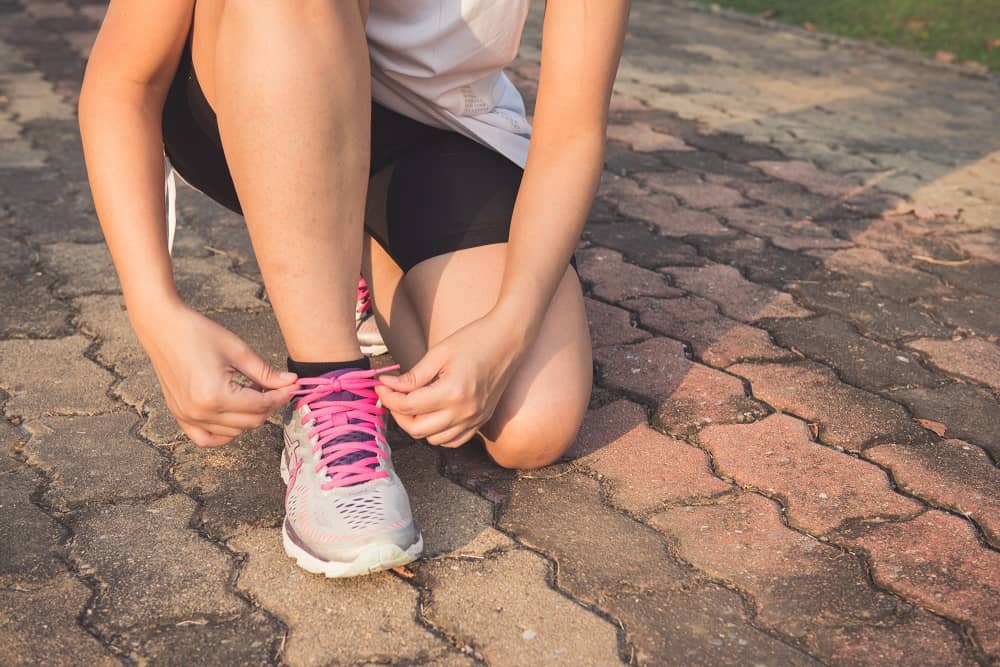
How to Find Out Your Gait?
The types of shoes do not merely differ in their levels of cushioning and support, but they were made to support the different ways our feet hit and take off from the ground when we walk or run. You’d find out which areas of your feet hit the ground first, and which areas help you push off as you go through the cycle of the motion of your feet.
The simplest way to determine what kind of feet you have is to look at the wear pattern of your old shoes. Supinators would have the wear on the outside. On the other hand, an S-shaped wear pattern indicates that the owner of the shoes is a neutral runner.
The shoes of an overpronator usually have significant wearing at the heels and at the balls of the feet, and more on the inside when the runner overpronates. Those who overpronate are candidates for stability shoes. In case the pronation is excessive, maximum support shoes are recommended.
Summary
What are stability running shoes? Stability shoes are shoes that were meant to support a runner’s feet whose gait takes a pronating pattern. The level of pronation should be between mild to moderate; otherwise, the runner may need to use the maximum support shoes.
Stability shoes were initially made to correct the overpronation, hoping to change the gait to a neutral one—a balance between pronation and supination. This idea has later evolved to be more accepting of the different gait patterns and has designed shoes to provide support and safety to pronating gait patterns.
While many running enthusiasts praise stability shoes as some of the best shoes to use, these shoes were not designed to be used by everyone. It is still encouraged that runners take note of their gait pattern and use the shoes designed for the gait that they have. This achieves maximum support from their shoes avoid potential injury.
Well-designed stability shoes will cushion the feet at the medial aspects, provide ample support, without impeding the natural movement of the feet.

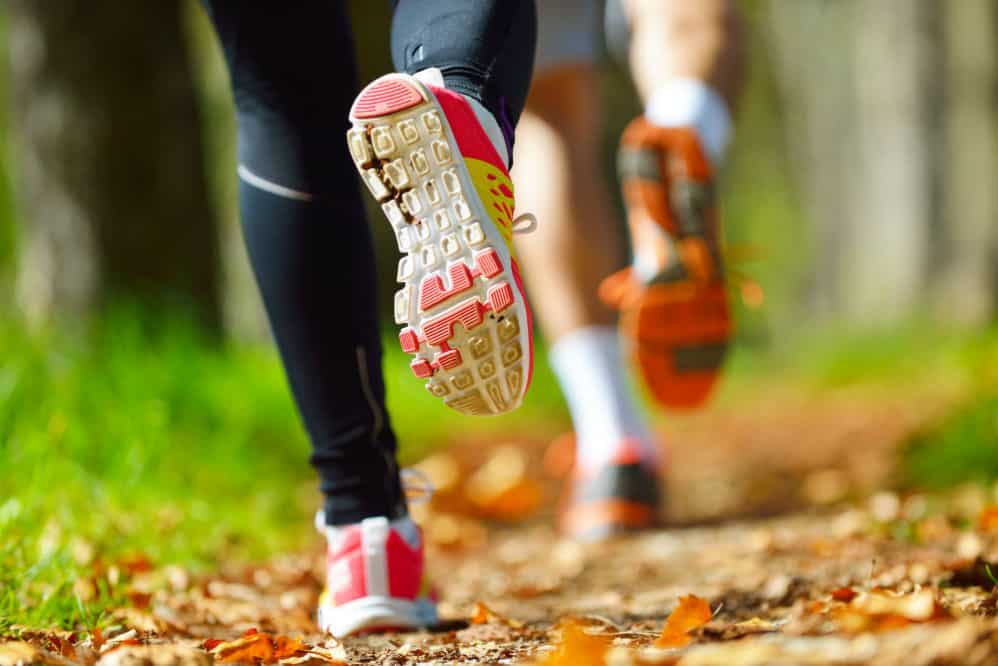
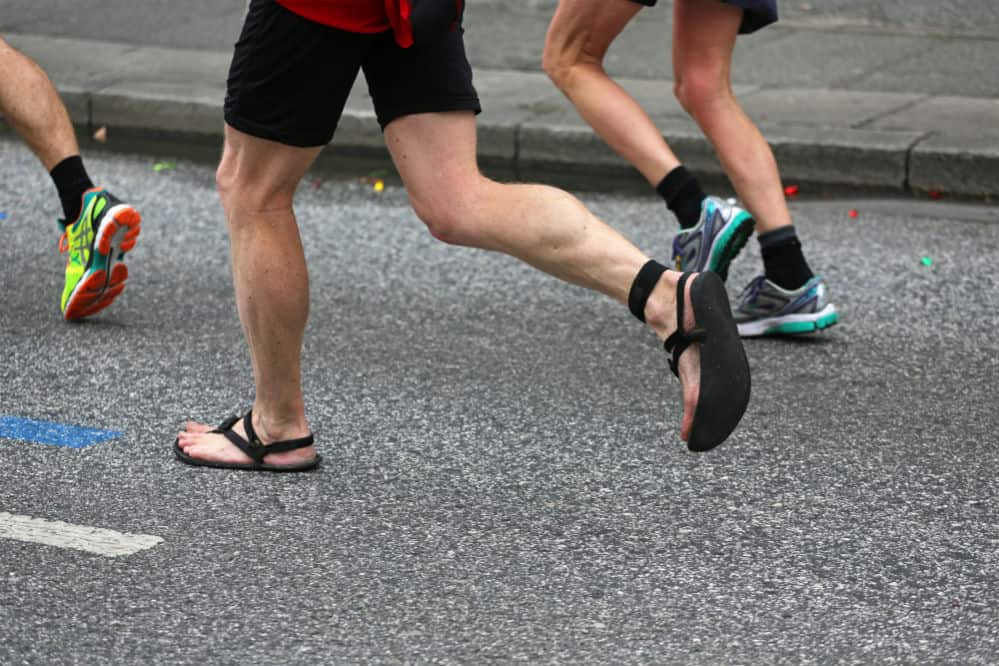
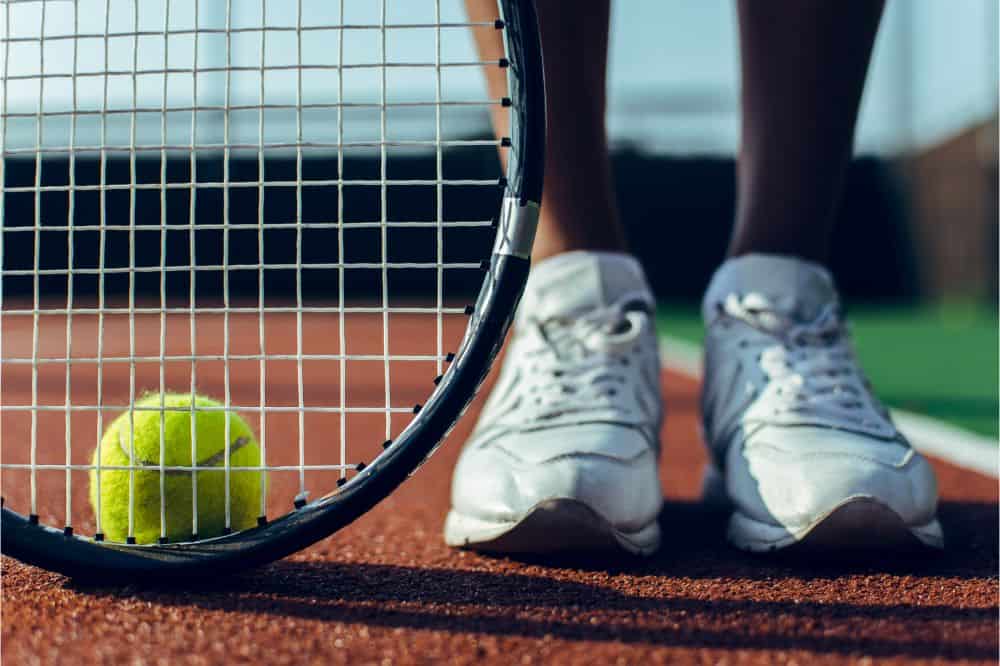








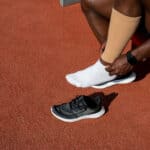

Thank you for all the information you shared on running shoes. I love to run, I am not a professional but I do it as a hobby and is my favorite sport. I did not know how many details are going into the shoes thou and how to choose the right once correctly. I usually end up buying something the shop attendant is advicing me to do but reading all the info first hand I find it very useful and give me the confidence to actually make a better choice the next time I am shopping for shoes
Hi, Barbara and thank you.
Thank you for kind words. It is great how much benefit you have from this article. Because we are all different so it very important to know what is best for your body and hobby so you can get the right gear for you.
There is a reason for why so many different shoes are on the market, the idea like I said that the market needs to have something for all kind of people looking at their body and with their goal in mind. No matter if they are thinking about to take part in competitions or to enjoy and feel better.
If I can help you with anything else, or if you have any questions, don´t hesitate to contact me.
This is an interesting article since I have just started running. When I say just started I mean just a little bit but its still running.
I had no idea there were special runners just for running and even more so had no idea if its for running you shouldnt wear it for walking.
Thank you for this article. I learned a lot in a short period of time.
I do have one question. Would these runners be okay on the treadmill?
Dale
Hi, Dale and thank you.
Thank you for kind words. It is good that you had so much benefit of the article.
About the treadmills, yes, no problems are using it on the treadmills. If you are interesting, here is an article about running on a treadmill.
If I can help you with anything else, or if you have any questions, don´t hesitate to contact me.
Thanks for this first time buyers guide, one of many things I like doing is my morning run I find it helpful in the aspect of me reducing weight, I use Air max for jogging most times as time went I started feeling pains and I have decided to search for a better option that will be light and suiting to my feet with ease. Please I will love it if you can help me with a different brand of shoes meant for jogging.
Hi, Seun Afotanju and thank you.
Thank you for kind words.
It is my pleasure to help you with finding shoes. You talk about what you want to use light shoes for jogging. Check out this article and see if it could be shoes for you. The Adidas Men’s Solar Boost Running Shoes are one of the best shoes Adidas have made. Looking at the quality of their shoes through the time it is a big word, but they talk about it, and I are agreed. Too, the Nike Zoom Fly SP shoes are outstanding also.
If you like another, let me know, and we can look at the other possibilities.
Good luck!
If I can help you with anything else, or if you have any questions, don´t hesitate to contact me.
Consider me schooled. I had no idea that buying running shoes required so much. I’m one who’s always just went to the shoe store and picked whichever sneaker felt more comfortable on my feet.
After reading this post, I will definitely be paying attention and I will be looking at my soles to find out what my gait is and which running shoes will be best for me.
I want to start jogging again and this guide will definitely come in handy.
Thanks for sharing.
Hi, Margarette and thank you.
Thank you for your kind words. And great to hear how much benefit you had of reading the article.
The truth is that using the right shoes for the body will give you more and better support and better benefits of your activity.
If I can help you with anything else, or if you have any questions, don´t hesitate to contact me.
I was looking to buy some running shoes, with the information on your post I can get some good fitting shoes. I feel I fit in the neutral shoes category. Is there any particular shoe you would recommend for me? Or should I just look for shoes with medium cushioning. Thanks.
Hi, Priya and thank you.
Thank you for kind words.
Focus on the neutral shoe category. When you do it, you can think after it on all details. To give you an idea I look at a shoe I can recommend, and it is on the Amazon. You can look at it here. It boots the midsole and is very flexible.
If I can help you with anything else, or if you have any questions, don´t hesitate to contact me.
And about the link, have in mind that
SportsSend.com is a participant in the Amazon Services LLC Associates Program, an affiliate advertising program designed to provide a means for sites to earn advertising fees by advertising and linking to Amazon.com.
Good article, I really like how you pointed out that you can tell a lot about a person’s gait by observing their shoes. How you can study the wear and tear to determine whether or not their foot is rolling in or outwards. Pronation or Supination of the ankle.
Also, I find runners are not made symmetrical, one leg may be stronger than the other, one side may be more flexible than the other, there are so many factors that go along with feet.
A perfect shoe is hard to come by, that’s why I think what you say is important to get fitted shoes that support your imperfections for an amazing run.
You will train better, have fewer injuries and progress quickly with the right shoe to run with. It is an interesting topic!
Hi, Kris and thank you.
Thank you for kind words.
If I can help you with anything else, or if you have any questions, don´t hesitate to contact me.
Having the right guide when buying a running shoe will always make it all the better for us. We tend to go for quality ahead of quantity, which is always a great thing altogether. Seeing what has been shared here, I really fancy it all, and I really like all that has been shared here. I like your overview here, and that is just really great in all here. Thanks for sharing g this guide
Hello, Tracy, and thank you.
Thank you for your kind words.
Quality usually is not only better items, but cheaper too in the long run.
Great to hear about your benefit of the article too.
Don’t hesitate to contact me if I can help you with anything else or if you have any questions.
Hi there! I’m not really a sports enthusiast, but I love to keep fit and look good all the time. As a result, I participate in many exercises, and I’m glad I came across your website as I’ve been looking for the perfect, stable running shoes to get. I think the neutral category suits me more, and I’ll come back with feedback.
Hello, Fay, and thank you.
Thank you for your kind words.
Great to hear about your benefit of the article too.
Don’t hesitate to contact me if I can help you with anything else or if you have any questions.
Hello there. Thank you very much for sharing this very wonderful piece of information. I have gone through it, and I must say this is a really wonderful article as it contains valuable information one needs to hold on to. I really like how you pointed out that you can tell a lot about a person’s gait by observing their shoes. I am definitely going to cop new shoes, and I am happy there’s a lot to choose from.
Hello, Sophie, and thank you.
Thank you for your kind words.
Great to hear about your benefit of the article too.
Don’t hesitate to contact me if I can help you with anything else or if you have any questions.
Even though we cannot join the marathon this year, I will not stop my training; running makes me happy. Thanks for sharing the information on how to find out our gait; that is useful. The last thing we want is to get injured when we have shoes that do not fit. I guess I can find out if the stability shoes are the right fit for me or not.
Hello, Nuttanee, and thank you.
Thank you for your kind words.
Great to hear about your benefit of the article too.
Don’t hesitate to contact me if I can help you with anything else or if you have any questions.